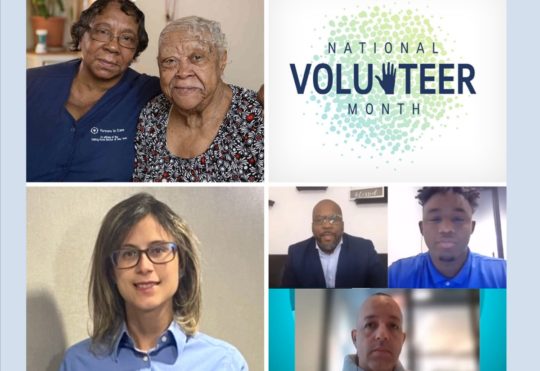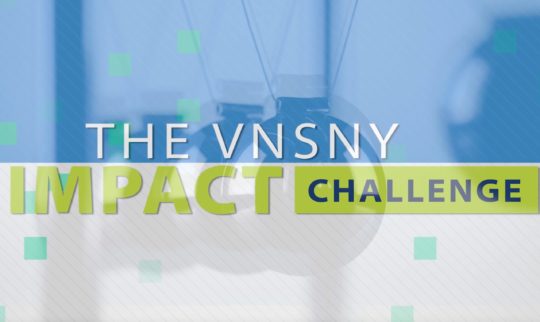An Interview with Kerry Parker, VNSNY’s EVP, General Counsel & Chief Risk Officer

How would you describe VNSNY’s main strategic challenges?
VNSNY’s senior management is now in the process of plotting out the company’s strategic direction over the next several years. No one knows how things in Washington will shake out, but we need to prepare for potential regulatory and policy changes to Medicaid, including possible reductions in funding for New York State. We’re also seeing big changes in reimbursement, as value-based purchasing arrangements begin to replace the old fee-for-service model. Plus, there are challenges in New York around minimum wage and overtime legislation, which affects the entire industry. We’re also focused on how to grow VNSNY over the next three to five years, both organically and inorganically, while ensuring we have the scale and resources to deal with these impending changes. We’re making good progress, and will present the plan to VNSNY’s Board of Directors when we complete it.
What impact will this strategy have on VNSNY’s role as a care provider?
For almost 125 years, VNSNY has been a provider of care in people’s homes and the community through our nursing, rehabilitation therapy, social work, home health aide and hospice services. That’s core to our mission. Part of our strategy involves looking at how to strengthen our core businesses to best position VNSNY for the future. On our VNSNY CHOICE Health Plan front, we’re very much committed to managed long-term care—it’s mission-centric, and complements our provider side well. The same is true of CHOICE SelectHealth, our special needs plan for individuals with HIV.
How does VNSNY’s strategy align with current healthcare trends?
With hospital admissions and readmissions being so costly—and readmission rates also becoming critical to value-based payment structures—VNSNY is in a very good position to help insurance plans and hospital systems bend that cost curve by providing care management that keeps people out of the hospital. In the value-based care arena, we’ve entered into some quite creative value-based payment arrangements with a number of payers. We’re also looking at a number of innovative technologies to help us provide and manage our high quality of patient care more cost-effectively.
What are VNSNY’s most pressing priorities moving forward?
It’s imperative that we seize every opportunity to improve our effectiveness in care management and population health management, and to keep improving and growing our business in order to stay competitive. At the same time, we continue to be vigilant on compliance. I’m extremely proud of VNSNY’s efforts over the past few years to strengthen our compliance program, which have included implementing an entirely new compliance risk assessment process. The final thing I’d note is that, while we’ve come a long way in identifying and mitigating both our compliance and our overall financial, operational and strategic risks, there’s still more to do in that regard. We’re working with our risk management department across VNSNY’s business units to improve this process, so we can better anticipate what’s coming down the road and deal with it before it becomes a problem. We recognize that change is the new normal in health care. Now, we’re executing on that.

